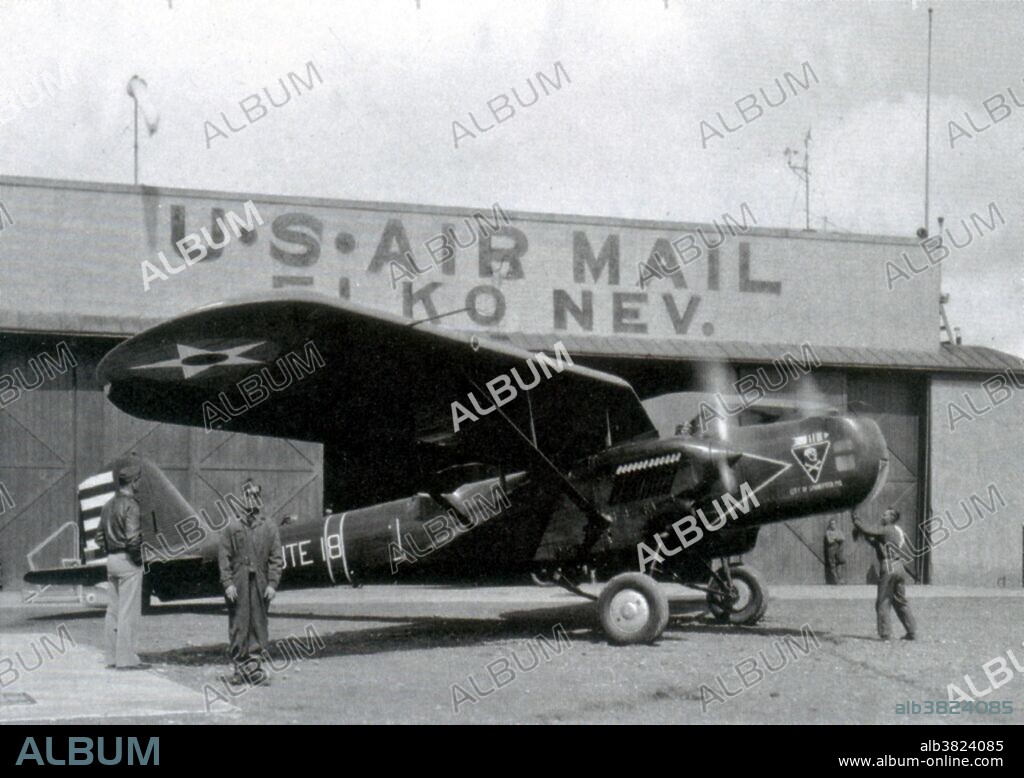alb3824085
Airmail Emergency, 1934

|
Zu einem anderen Lightbox hinzufügen |
|
Zu einem anderen Lightbox hinzufügen |



Haben Sie bereits ein Konto? Anmelden
Sie haben kein Konto? Registrieren
Dieses Bild kaufen

Titel:
Airmail Emergency, 1934
Untertitel:
Siehe automatische Übersetzung
In February 1934, President Roosevelt cancelled all air mail contracts owing to a scandal relating to the award of contracts, thus initiating the Airmail Emergency, where the Air Corps was tasked with carrying the mail until new contracts could be awarded. The O-35s and B-7s were considered some of the least unsuitable aircraft in the Air Corps inventory for the air mail role, so the six remaining Y1B-7s and the five Y1O-35s, together with the XO-35, were assigned to air mail routes in the western United States, which included hazardous operations over the Rocky Mountains, the Cascade Range and the Sierra Nevada. By the time the Air Corps involvement in air mail flights ended in June 1934, the twelve O-35s and B-7s had flown 1,412 hours on mail flights, while four of the B-7s had been lost as a result of accidents. The last O-35s and B-7s were withdrawn from use in December 1938. Modest fuel capacity and cargo space hindered the military mail service. So did landing to change pilots, as this Douglas B-7 bomber has done in Nevada. Some critics charged that pilot fatigue and inexperience caused many of the accidents during the few months the military flew the mail.
Bildnachweis:
Album / NYPL/Science Source
Freigaben (Releases):
Model: Nein - Eigentum: Nein
Rechtefragen?
Rechtefragen?
Bildgröße:
4350 x 3079 px | 38.3 MB
Druckgröße:
36.8 x 26.1 cm | 14.5 x 10.3 in (300 dpi)
Schlüsselwörter:
AERONAUT • AMERIKANER • BERÜHMT • BERÜHMTE PERSÖNLICHKEIT • FLUGMASCHINE • FLUGZEUG • LUFTFAHRT • LUFTPOST • LUFTVERKEHR • NOTABEL • POSTAMT • PROMINENZ
 Pinterest
Pinterest Twitter
Twitter Facebook
Facebook Link kopieren
Link kopieren Email
Email
